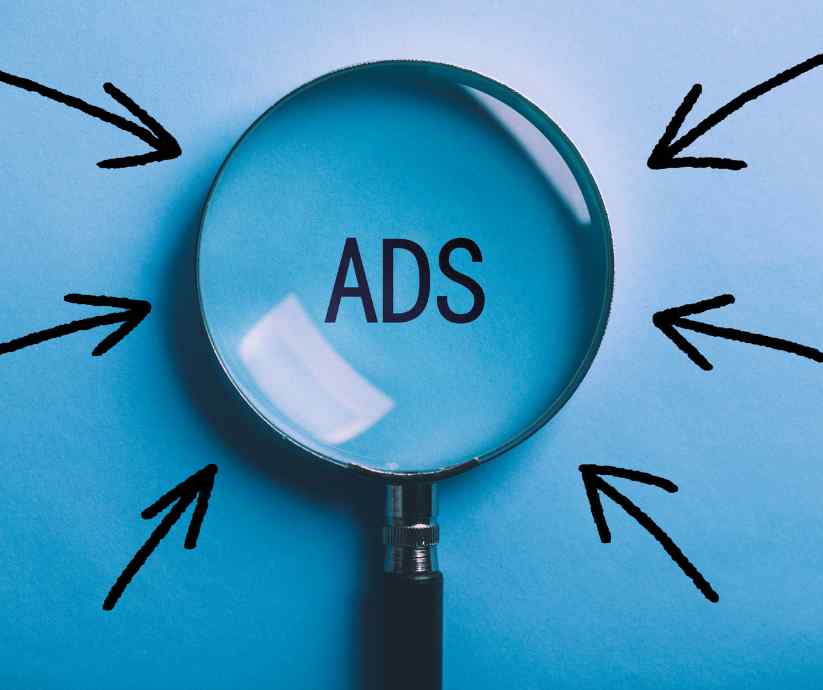Online advertising has changed the game for businesses in today’s digital age, and the insurance sector is no different. With Google Ads, formerly known as Google Ads, insurance firms can effectively market their goods and services, connect with their target market, and generate profitable conversions. With practical advice to help businesses make the most of this advertising platform, this article delves into the ins and outs of insurance with Google Ads.

Understanding Google Ads and Its Benefits for Insurance Companies
Google Ads is an online advertising platform that allows businesses to display their ads on Google’s search engine results pages (SERPs), partner websites, and YouTube. The platform operates on a pay-per-click (PPC) model, meaning advertisers only pay when users click on their ads. For insurance companies, Google Ads presents a myriad of benefits, including:
- Increased Visibility: Google is the most widely used search engine globally, making it an ideal platform to connect with potential customers actively searching for insurance solutions.
- Precise Targeting: Google Ads enables advertisers to target specific demographics, locations, interests, and even devices, ensuring ads reach the right audience at the right time.
- Budget Control: With Google Ads, insurance companies have full control over their advertising budget, allowing them to set daily spending limits and adjust bids as needed.
- Measurable Results: The platform provides comprehensive performance metrics, allowing businesses to track the success of their campaigns and make data-driven decisions.

Creating an Effective Google Ads Campaign
- Setting Clear Objectives: Before launching a Google Ads campaign, insurance companies must define their objectives. Whether the goal is to increase website traffic, generate leads, or boost sales, having clear objectives ensures focused and effective ad strategies.
- Targeting the Right Audience: To maximise the campaign’s impact, it is crucial to identify and target the most relevant audience segments. Understanding the target audience’s preferences, needs, and pain points can help create tailored ad content that resonates with potential customers.
- Choosing Relevant Keywords: Keywords are the backbone of Google Ads. Extensive keyword research is essential to identify the terms and phrases potential customers use when searching for insurance products. Selecting relevant keywords optimises ad visibility and increases the chances of attracting qualified leads.
- Crafting Compelling Ad Copy: Well-crafted ad copy is essential to capture users’ attention and compel them to take action. It is crucial to highlight the unique selling points of insurance products and include strong calls-to-action to encourage clicks.

Optimising Google Ads for Insurance Products
- Leveraging Ad Extensions: Ad extensions expand ad visibility and provide additional information to potential customers. Insurance companies can use extensions like site links, callouts, and structured snippets to showcase specific features, offers, or promotions.
- Implementing Ad Scheduling: Ad scheduling allows businesses to display their ads during specific times or on particular days when the target audience is most active. This feature can help allocate the budget more efficiently and ensure ads appear when they are likely to generate the most conversions.
- Utilising Remarketing Strategies: Remarketing is a powerful technique that targets users who have previously interacted with the insurance company’s website or ads. Remarketing campaigns can reignite interest and encourage potential customers to revisit the site or complete a desired action.

Measuring and Analysing Google Ads Performance
- Monitoring Key Metrics – To evaluate the success of a Google Ads campaign, businesses need to analyse key performance indicators (KPIs) such as click-through rates (CTR), conversion rates, and return on investment (ROI). Regular monitoring helps identify areas for improvement and optimisation.
- A/B Testing for Continuous Improvement – A/B testing involves comparing two versions of an ad to determine which performs better. By testing various elements like ad copy, visuals, and calls-to-action, insurance companies can make data-backed decisions to enhance campaign effectiveness.
- Google Analytics Integration – Integrating Google Ads with Google Analytics provides deeper insights into user behaviour, enabling businesses to understand the customer journey and make informed marketing decisions.
Overcoming Challenges in Insurance Advertising on Google Ads
- Competitive Bidding – The insurance industry is highly competitive in the digital landscape. To overcome this challenge, companies must strategize their bids effectively and focus on long-tail keywords to target niche markets.
- Compliance and Regulatory Considerations – Insurance ads are subject to strict regulations, especially concerning accurate information and claims. Advertisers must ensure their ad content complies with legal requirements to avoid penalties.
- Ad Fatigue and Refreshing Strategies – Frequent ad exposure can lead to add fatigue, causing a decline in performance. Insurance companies must refresh their ad content regularly to maintain audience engagement.
Enhancing Conversion Rates and Lead Generation
- Effective Landing Pages: The landing page is the final destination of a user’s click. A well-designed and relevant landing page can significantly impact conversion rates. Insurance companies should optimise landing pages for easy navigation and a seamless user experience.
- Call Extensions and Click-to-Call Ads: Including call extensions and click-to-call ads allows potential customers to contact the insurance company directly, streamlining the lead generation process.
- Encouraging Form Submissions: Lead generation forms on landing pages can capture valuable customer information. Insurance companies should make the form submission process simple and offer incentives to encourage form completions.

The Future of Google Ads for Insurance Companies
As technology advances, Google Ads will continue to evolve, offering new features and opportunities for insurance companies to engage with their audience. Michelle was employed by https://makkuro.com.au/adwords-management-perth to help them in creating Ad campaigns for their clients that are in insurance business. With Michelle, 10 years of experience working on an insurance company as she knows what kind of Ad campaigns best fit for the clients.
With Michelle expertly crafted Google Ads campaigns, tailored to resonate with its client’s target audience, clients offered services to reach the right customers at the right moment. At Makkuro Michelle’s team drive qualified leads, boost conversions, and increase client’s brand visibility, all while staying within the budget. They will meticulously analyze data, refine keywords, and optimise ad placements, ensuring that every penny spent on Google Ads yields substantial returns. Don’t miss out on the opportunity to dominate the insurance industry; let Makkuro be part of your success.
Staying updated on the latest trends and innovations in Google Ads will be crucial for insurance companies to maintain a competitive edge. Some potential future developments include:
AI-Powered Ad Optimisation
Artificial intelligence and machine learning algorithms will play an increasingly significant role in ad optimisation. Insurance companies can leverage AI to identify the most effective ad variations, targeting strategies, and bidding options for better results.
Voice Search Integration
With the rise of voice-enabled devices and virtual assistants, optimising Google Ads for voice search will become essential. Insurance companies can tailor their ad content to match the conversational nature of voice queries, improving their chances of being featured in voice search results.
Video Advertising Opportunities
Video ads have proven to be engaging and effective in capturing users’ attention. As video content continues to gain popularity, insurance companies can explore video advertising options on platforms like YouTube and Google Display Network.
Cross-Platform Advertising
Integrating Google Ads with other marketing channels, such as social media and email marketing, will create a cohesive and seamless customer experience. This approach allows insurance companies to reinforce their messaging and increase brand visibility across different platforms.
For companies to effectively reach their target demographic in the digital age, insurance businesses must modify their marketing tactics. For insurance companies looking to engage with new clients, encourage conversions, and accelerate business growth, Google Ads provides a strong and flexible platform. Insurance firms can fully utilise Google Ads by grasping its nuances, establishing specific goals, focusing on the appropriate target market, and optimising ad performance. Insurance companies may stay one step ahead of the competition and enjoy long-term success with Google Ads marketing by maintaining constant observation, analysis, and adaption to changing trends.
